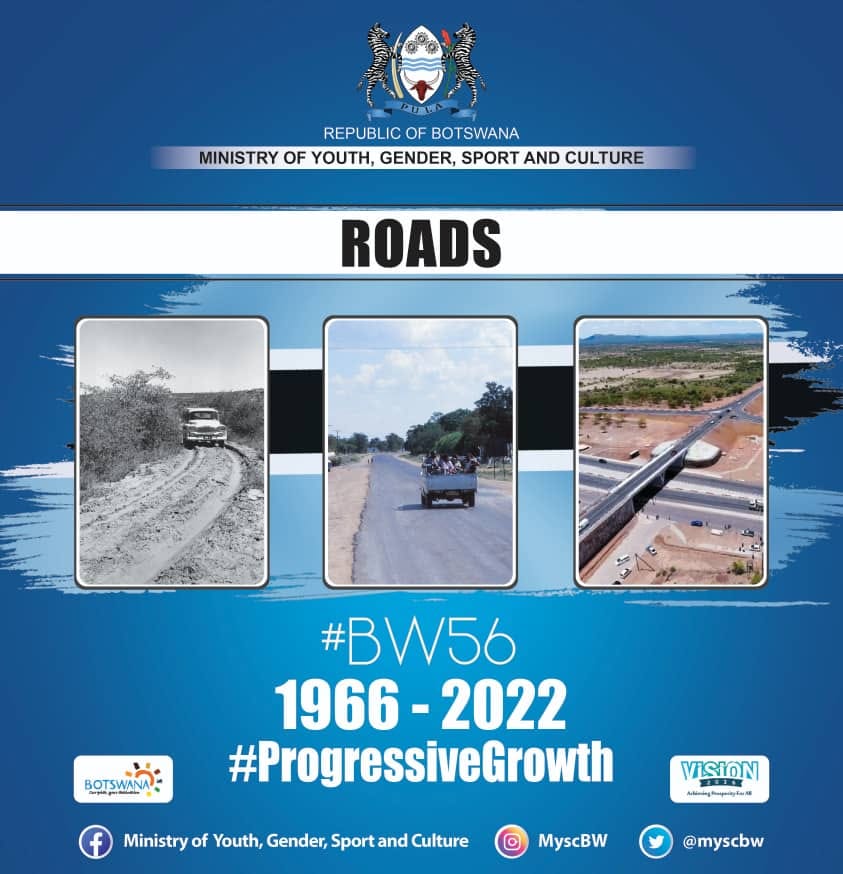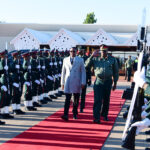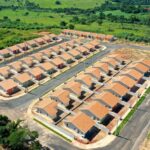In the first two decades following independence, investments in transportation mainly consisted of building infrastructure although Government did acquire a fleet of vehicles for its own operations. That required roads to move around. Botswana did construct low standard branch lines from the capital city to Morupule and Selebi Phikwe in 1972 that made the establishment of a coal mine and nickel smelter feasible. Existing airfields were improved, but air transportation was not given priority in the early years.
Therefore, the majority of projects undertaken were the construction of new roads.
At independence, Botswana had less than 10km of tarred road and it took hours sometimes days to travel from one place to the other. Today Botswana’s twenty thousand kilometre (20 000 km) road network is worth about Fifty Billion Pula (P50 Billion).
In 1974, the Botswana government decided to nationalize the railway to integrate it with the national mainstream to help in development of the country. Most roads in Botswana after independence have undergone a major upgrade from single lane section to progressively transform into dual carriageway, crossing existing river bridges.
To this day, the development and maintenance of Botswana’s network is pivotal to the socio economic development of the country as it creates networks for the movement of goods, services and people, as well as linking the country with others in the region. #BW56#ProgressiveGrowth










